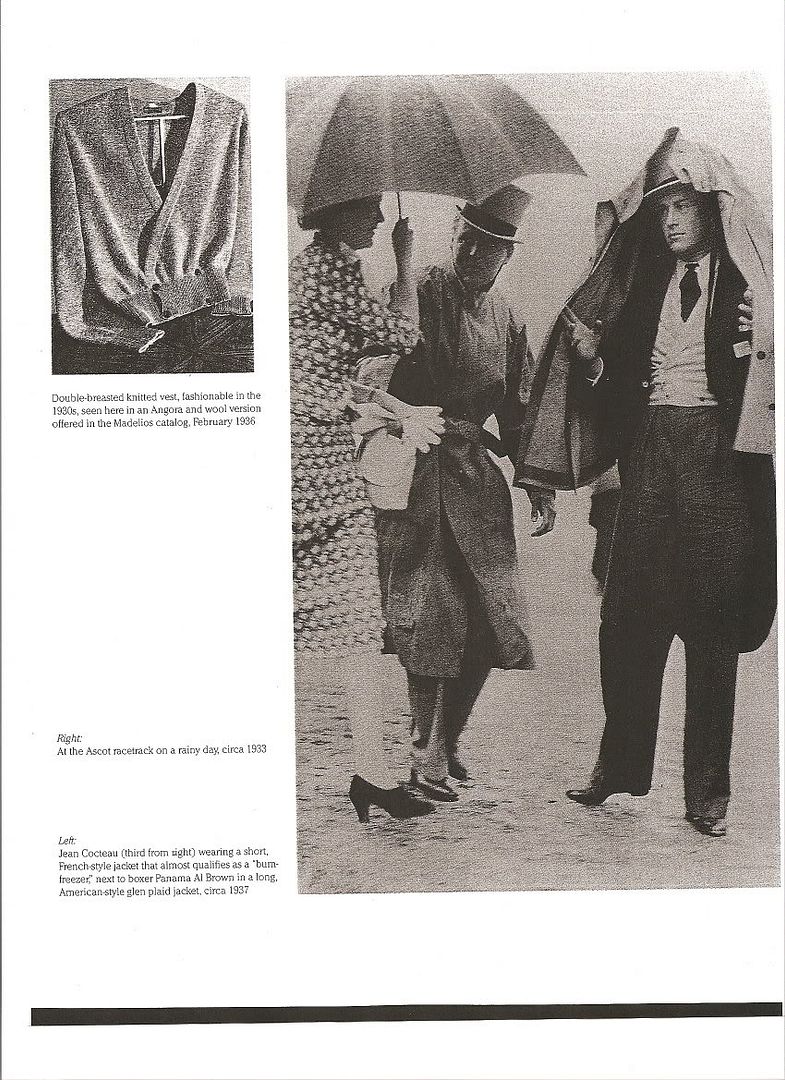The first picture below is of Gary Cooper, familiar to all London Loungers, as the epitome of masculine elegance. It demonstrates the look which many Loungers are after: easy, elegant, harmonious and without ostentation. The second picture below is of a late nineteenth century socialite and is definitely not the look that Loungers seek to emulate. However, those of us with a retrospective turn of mind might find interest in the second picture because (amongst other things), it shows a late nineteenth century silk 'white' hat - a light grey top hat - which evolved into the felt Ascot hats in the third picture (which also shows that I was wrong in opposing macs at formal racing events). Of course, the grey felt hats are still worn. Not everyone is necessarily particularly interested in these historical references, but Retrocentrics are and, from time to time, many Loungers might have an interest in specific references which we discover. This is the reason that I would hope that the Retrocentric Club might be an integral part of the London Lounge and complement and enhance its larger overall purpose. There are obvious masters in the science and art of research here and two of the greatest of them all, I do not hesitate to say, are acknowledged to be etutee and sator. I have considered whether the Retrocentric Club might impinge on their excellent articles but, bearing in mind the quality of their productions, how could it detract from them? It would, I hope, be more likely to complement them and even provide another part of the overall forum for debate.
The images are from Farid Chenoune's A History of Men's Fashion ,which Marcelo kindly lent to me.
NJS
[/img]


[/img]

